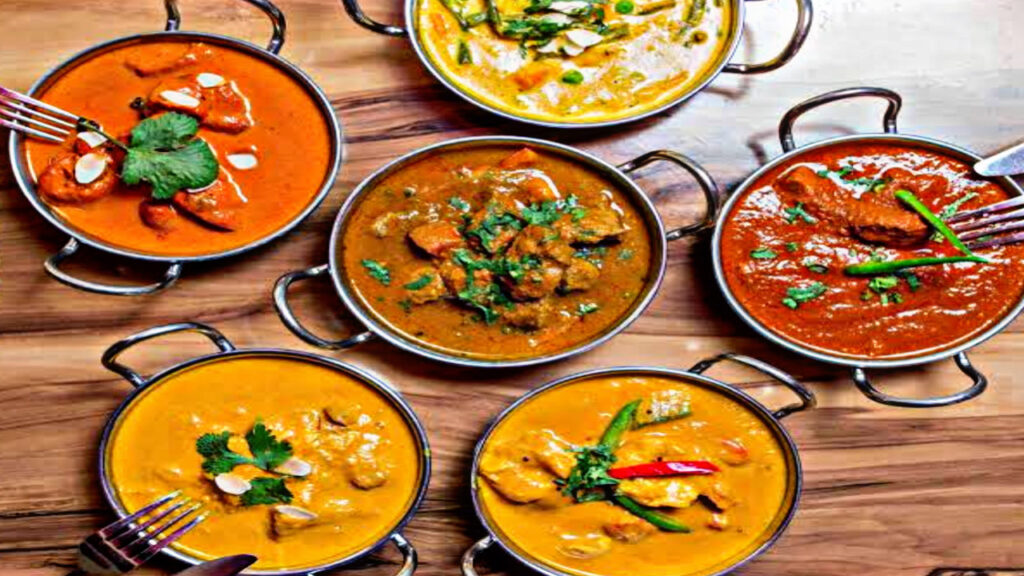Health
Monsoon brings not just rain, but also a fresh wave of cravings for warm, comforting, and spicy dishes. This is the perfect time to enjoy seasonal vegetables in the form of tasty sabjis (vegetable curries) that pair beautifully with hot rotis, parathas, or rice. Here are some easy and wholesome monsoon sabji recipes you can prepare at home.
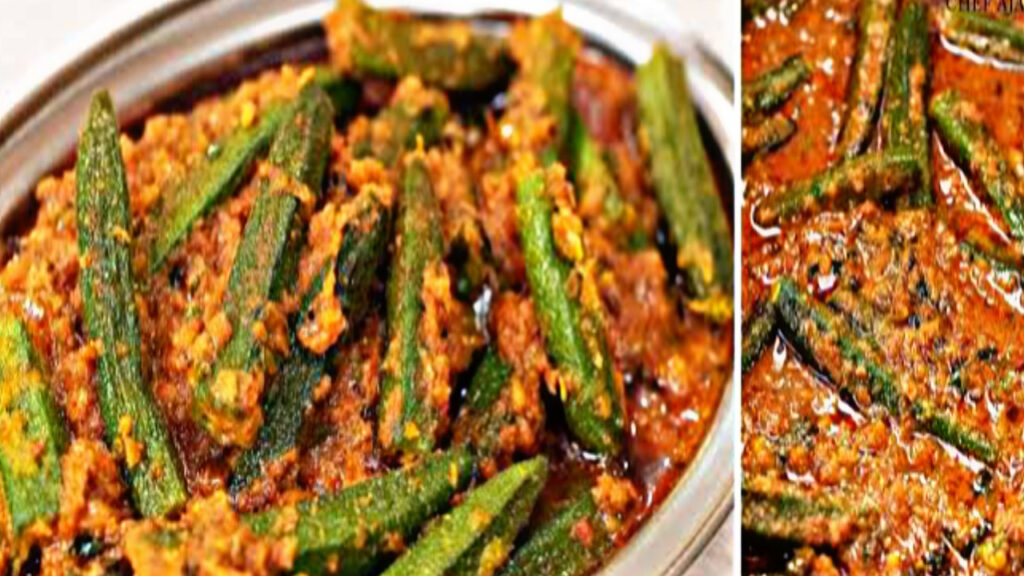
1. Bhindi Masala (Spicy Okra Stir Fry)
Okra, or bhindi, is light on the stomach and perfect for the rainy season. Slice the okra and sauté it in mustard oil with cumin seeds, chopped onions, green chilies, turmeric, and a dash of garam masala. Cook on low flame until it turns crispy. Serve with chapatis for a comforting meal.
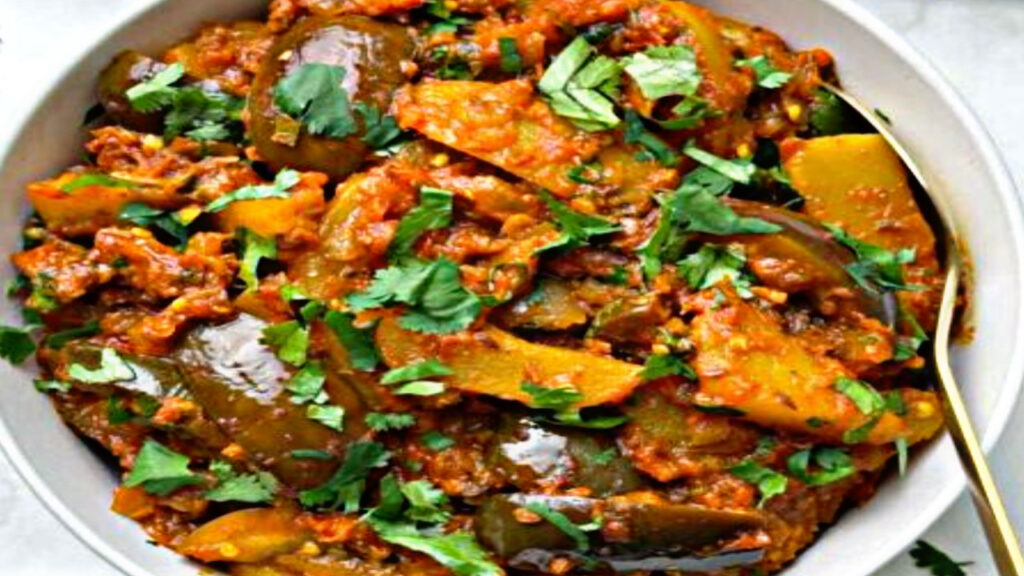
2. Aloo Baingan (Potato-Eggplant Curry)
This rustic combination of potatoes and eggplants is a monsoon favorite. In mustard oil, temper mustard seeds and garlic, then add cubed potatoes and brinjals. Add salt, turmeric, coriander powder, and tomatoes. Cook until the vegetables are soft and coated in a thick masala. It’s a simple yet flavorful dish.
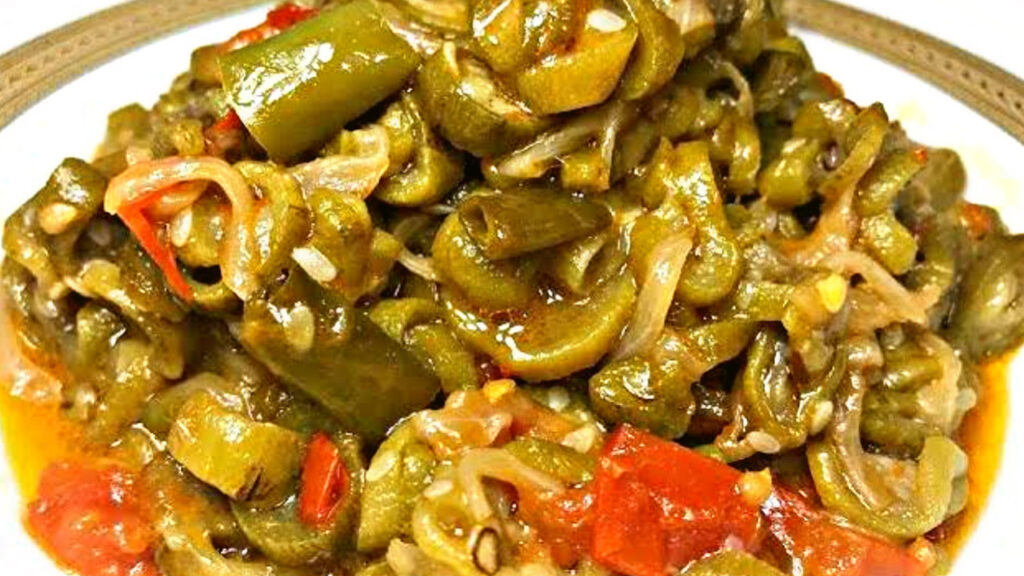
3. Tori Tamatar Ki Sabji (Ridge Gourd Tomato Curry)
Tori (ridge gourd) is a cooling vegetable that digests easily ideal for the damp monsoon weather. Cook chopped tori with tomatoes, green chilies, and spices like cumin and turmeric. Let it simmer until the ridge gourd softens and releases its juices. This sabji is best enjoyed with steamed rice.
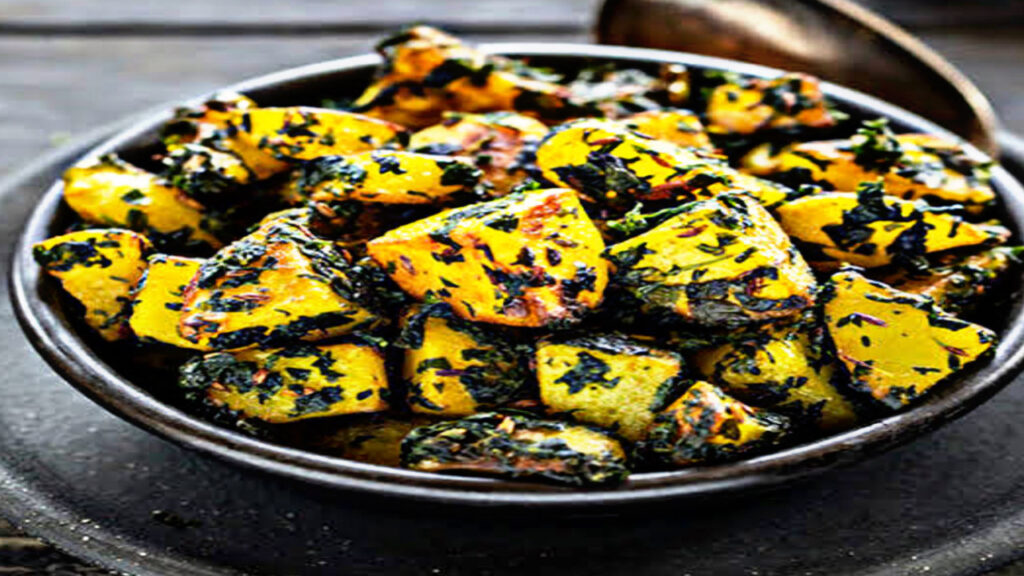
4. Methi Aloo (Fenugreek Leaves with Potato)
Fresh methi (fenugreek leaves) are abundant during monsoon. Wash them thoroughly to remove mud. Cook with diced potatoes, cumin, garlic, and red chili powder. The slight bitterness of methi balances the earthy taste of potatoes, making it a hearty side dish.

5. Turai Moong Dal Sabji (Ridge Gourd with Lentils)
This light yet protein-rich recipe is perfect for a rainy day. Cook soaked moong dal with ridge gourd, turmeric, and green chilies. Season with ghee and cumin for a nourishing, mildly spiced sabji that works well with rice or roti.
Cooking Tips for Monsoon:
- Always wash vegetables thoroughly to remove mud and bacteria.
- Use less oil and avoid deep-frying too often to prevent sluggish digestion.
- Add ginger, garlic, and asafoetida to your sabjis to aid digestion and prevent infections.
Final Thoughts
These monsoon sabji recipes are not just tasty but also packed with nutrition and seasonal goodness. Incorporating them into your meals will keep you energized and satisfied through the rainy season. Try these easy recipes at home and enjoy the magic of monsoon on your plate!

